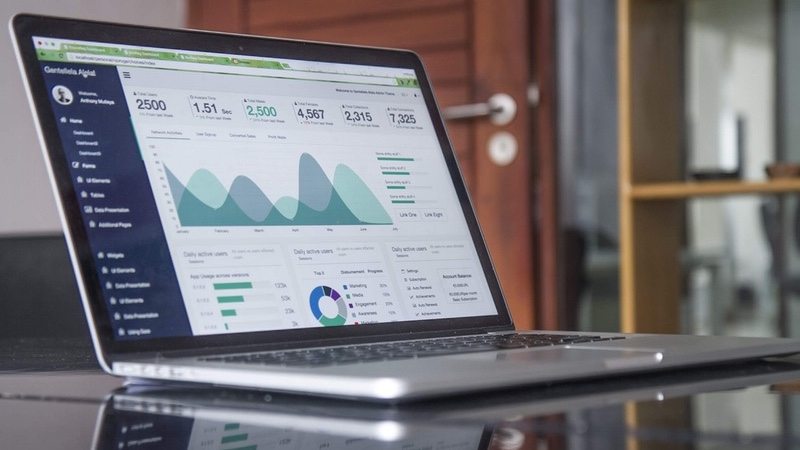The Three Most Important Website Metrics
Episode #2 of the course How to generate more leads through your website by Lauren Pawell
Hi,
Yesterday we talked about three important factors when it comes to understanding the bigger picture of website lead generation:
1. The quality of your website traffic matters,
2. Lead generation is a multi-step process, and
3. Your system needs to be automated.
Today, we’re going to talk about what you need to have in place on your website in order to track the number of leads.
Let’s get started!
Ok, first and foremost, when it comes to lead generation, there’s essentially three website metrics you need to know on a monthly basis.
Metric #1: Website Sessions
This is pretty straightforward. You need to know how many website visits (sessions) you get every month.
Metric #2: Leads
This is also a very simple metric. Every month, know the number of leads generated through your website.
Metric #3: VTL Conversion Rate
VTL stands for “visitor-to-lead.” Once you have the first two metrics handy, the third is really easy to calculate.
Your VTL conversion rate = the number of leads / the number of website sessions.
(So metric #2 divided by metric #1).
Do the math, and write down your VTL conversion rate.
What is it?
That’s your benchmark. And that’s the website metric you’re going to aim at improving—not just your total lead volume.
Why would you focus on improving your VTL conversion rate?
Because if you know your website converts at 10%, then when you scale up your traffic-driving marketing efforts, you’ll know that 1 out of every 10 visitors is going to convert into a lead.
This allows you to justify putting more resources (time, money, and effort) into marketing, because there’s no question about the return on investment.
On the contrary, if your site is converting at 0.5%, why the heck would you spend money on something like Facebook ads when you know all you’re going to be doing is wasting oodles of cash to get very few leads?
Hint hint, nudge nudge—if you’re currently spending money on efforts that are NOT getting results, listen very closely. Because your conversion rate will help you diagnose the problem.
Now, what is a good conversion rate?
Aaaah, the age-old question.
Well, the answer varies depending on who you ask, what you are measuring, and your industry.
My answer?
A good conversion rate is your best conversion rate to date.
In other words, you need to continually be beating your own benchmark.
All this being said, typically speaking, an AVERAGE conversion rate is around 1%.
But honestly, the average is pretty sucky. (Yes, that’s official terminology right there.)
Good conversion rates really should be between 3-10%.
And to be quite frank, you can do even better.
Let me be straight with you—we have VTL conversions rates of 70% (and higher) for some of our marketing items.
What?!? Seriously???
That’s right. Think about it….
If you knew that 70% of all the traffic you drove to a web page was going to convert into leads, would you put down some marketing dollars to get more people to visit that page?
You betcha.
Ok, you now know what you need to track on your website. So the next question you’re likely asking is:
“Okay Lauren, but how do I actually implement this tracking?”
Don’t worry, I’ve got you covered. Tomorrow, I’m going to teach you exactly how to do this.
Here’s to your ongoing online success,
Lauren
Recommended book
“Lean Analytics: Use Data to Build a Better Startup Faster” by Alistair Croll, Benjamin Yoskovitz
Recommended course on Coursera
Share with friends

